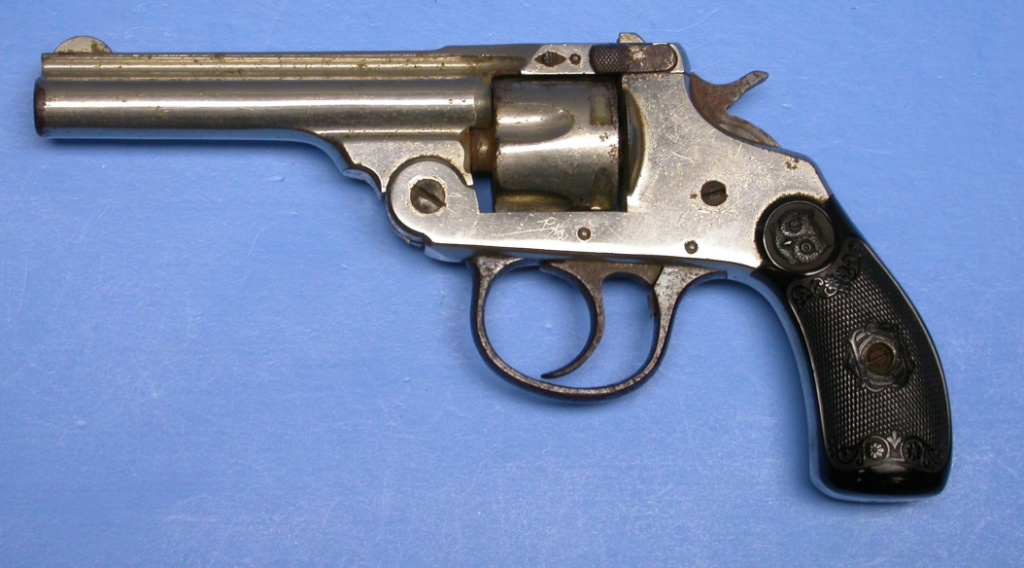


It moved again to Jacksonville, Arkansas, and was jointly owned by Lynn Lloyd and Lou Imperato, who also owned the Henry brand name, before it finally ceased trading under its own name in 1993, at which time it was owned by American Military Arms Corporation (AMAC). Īs a result of changes in ownership, the company had the first of two major relocations in 1971 when it moved to New Jersey. Without new research and development, most firearms changes were limited to cosmetic updates of existing designs. Increasingly, company fortunes depended upon sales of its increasingly outmoded revolvers and single-barrel shotguns. Īfter World War II, the company's introduction of new firearms slowed to a trickle. The business successfully weathered the Great Depression (in part thanks to higher rates of armed robbery, which helped maintain demand for personal firearms) and was buoyed by the dramatic increase in the market for arms leading up to and during World War II. The company eventually dropped "Cycle Works" from its name when that part of the business was shut down. As family ownership waned and outside investment via publicly traded stock and mergers/acquisitions/partnerships took hold, the company changed ownership and moved several times during its operation. They also saw the growth of the firearms business and the eventual restructuring of the company to focus on firearms and related business as they divested non-firearms concerns, such as the motorcycle business, in the face of growing firearms demand, World War I's armaments industry expansion, and other factors. They shepherded the company through a phase of expansion, as bicycle operations grew, then converted to motorcycle manufacturing and sales. Frederick Iver, (born ), John Lovell (born ), and Walter Olof (born August 1878), each had vastly different levels of involvement in the company ranging from executive leadership to barely any involvement at all. Iver Johnson died of tuberculosis in 1895, and his sons took over the business. The company attracted a number of talented immigrant machinists and designers to its ranks, including O.F. Mossberg and Andrew Fyrberg, who would go on to invent the company's top-latching strap mechanism and the Hammer-the-Hammer transfer bar safety system used on the company's popular line of top-break safety revolvers. No.The company's name changed again to Iver Johnson's Arms & Cycle Works in 1891, when the company relocated to Fitchburg, Massachusetts, (sometimes incorrectly referred to as "Fitzburg") in order to have better and larger manufacturing facilities. Boston Bull Dog Iver Johnson Arms and Cycle Works Fitchburg, Mass.


 0 kommentar(er)
0 kommentar(er)
